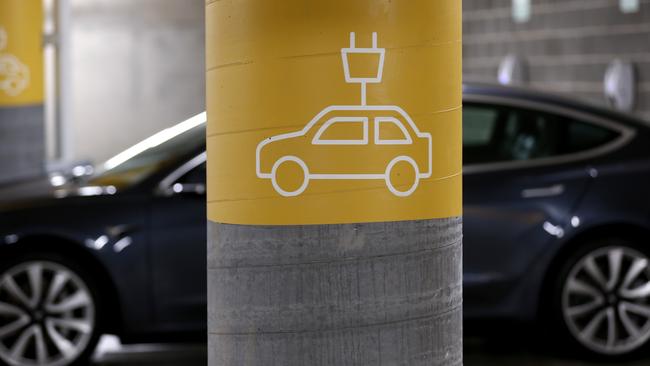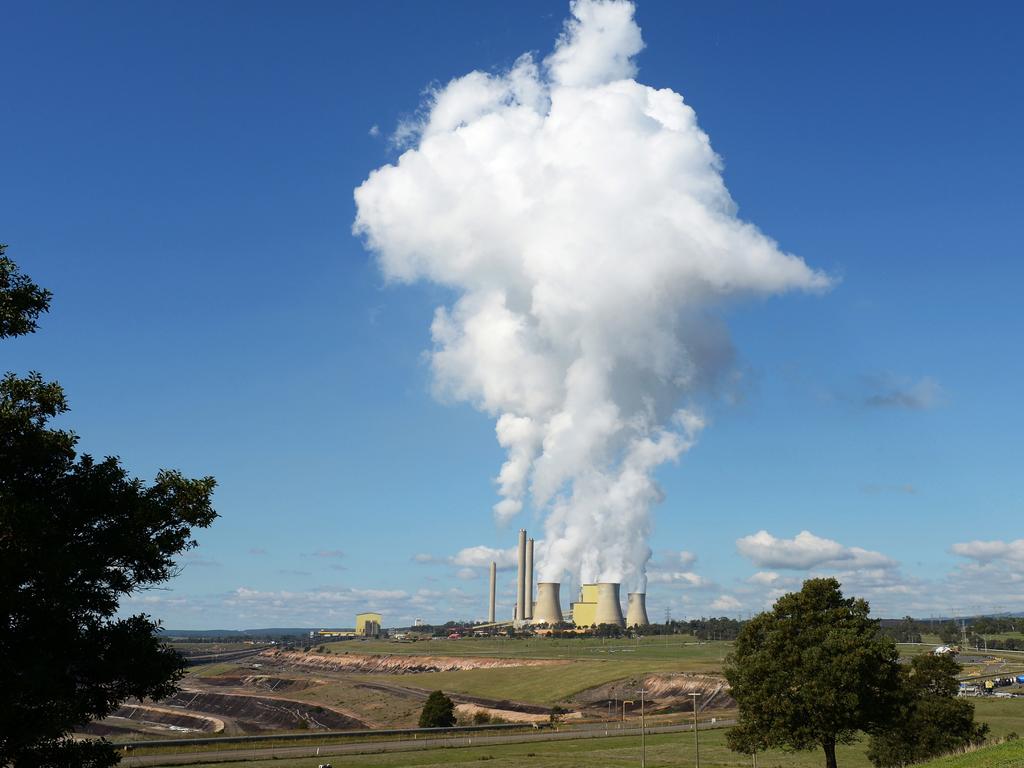Grattan Institute sets out Australia’s route to reduced vehicle emissions
The Grattan Institute says the most viable way for Australia to reduce emissions is through a sector specific approach starting with transport.

The best way to reduce emissions from the vehicle market would be a combination of tighter emission standards and inducements to encourage electric vehicle imports by cutting taxes.
In a report released on Sunday the Grattan Institute’s Tony Wood noted the transport sector was responsible for 18 per cent of emissions in 20230.
It said the only sector in which emissions are falling is electricity and while the concept of cutting energy emissions and then electrifying everything is appealing on present progress Australia would fail to meet its targets.
The report said “the best way to cut emissions in every sector in an economically efficient way would be to introduce a single, economy-wide emissions price coupled with support
for technology development and removing non-price barriers”.
On the assumption this is not politically feasible Grattan is targeting a sector specific approach starting with transport.
The report said “annual emissions from transport grew from 82 million tonnes in 2005 to 101 million tonnes in 2019. They dropped sharply, by 7 million tonnes, in 2020 due to the Covid-19 pandemic, but the federal government projects they will rebound and reach 100 million tonnes by 2030.”
The report said: “Australia needs a national fleet emissions standard for new passenger
and light commercial vehicles, and the standard should tighten to zero emissions by 2035.
“Governments should encourage a thriving market for zero-emissions vehicles by exempting them from inefficient taxes such as import duties, luxury car tax, and motor vehicle stamp duty. They should ensure drivers across the country have somewhere to charge electric models.
“A renewable hydrocarbon fuel target would also be a smart bet, especially for the aviation industry.”
Another policy would be to “increase the truck width limit in Australia from 2.5 to 2.6 metres to ensure any low-emissions heavy vehicles made for the EU or US can be used in Australia without expensive modifications.
“Light vehicle emissions in 2030 are projected to be 7 per cent lower than the pre-Covid levels in 2019, but higher than in 2020. On these projections, electric and fuel cell vehicles will make up only 7 per cent of the light vehicle fleet and 26 per cent of new sales by 2030.”
The report noted: “If Australia is to reach net zero by 2050 at low cost, it is inevitable that the future light vehicles fleet will be almost entirely made up of zero-emissions vehicles.”
Electric vehicles made up just 0.7 per cent of sales in Australia in 2020, compared to 2 per cent in the US, 3 per cent in New Zealand, 11 per cent in the UK, and 75 per cent in Norway, it said
“Australia stands alone among OECD countries in not having vehicle fuel efficiency and emissions standards, which have proven useful at reducing fleet emissions over time in other countries.”

It urged government policies to overcome three problems: the cost of switching to a zero-emissions vehicle; the lack of infrastructure that zero-emissions vehicles require; and the lack of zero-emissions vehicle models available to Australians.
The report said light vehicles (cars and light commercial vehicles combined) produced 62 per cent of total transport emissions in 2019, and 12 per cent of Australia’s total emissions.
Domestic aviation accounts for less than a 10th of transport sector emissions and have grown by 58 per cent since 2005.
Electrification of land transport could add up to 130 terawatt-hours to annual electricity demand – about a third more demand than there is today.
Grattan said: “The parts of the transport sector that are most expensive or technologically infeasible to decarbonise – such as aviation, and some of the freight task – are likely to require offsetting to reach net zero.”
That could mean between 10 and 30 million tonnes of offsets per year by 2050, it added.








To join the conversation, please log in. Don't have an account? Register
Join the conversation, you are commenting as Logout